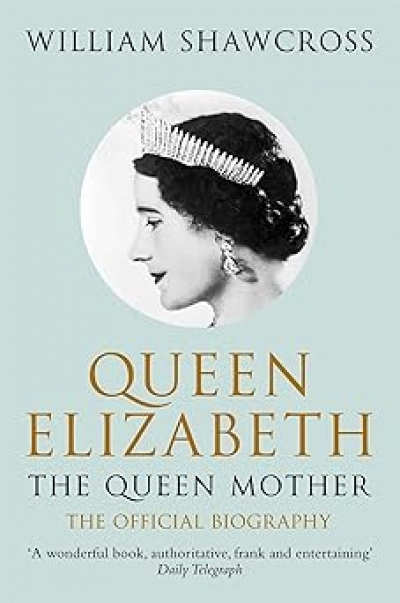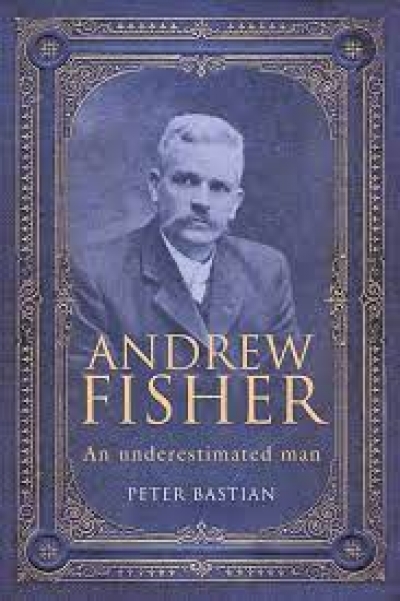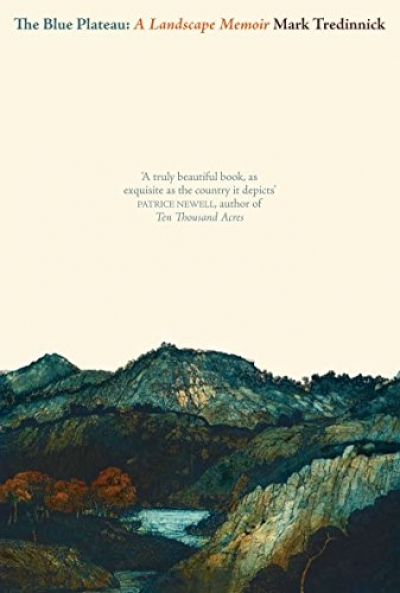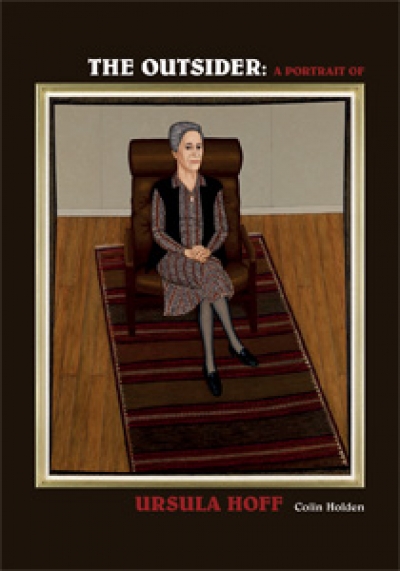Biography
Queen Elizabeth: The Queen Mother: The Official Biography by William Shawcross
by Barry Everingham •
The Riddle of Father Hackett: A life in Ireland and Australia by Brenda Niall
by Morag Fraser •
House Of Exile: The Life and times of Heinrich Mann and Nelly Kroeger-Mann by Evelyn Juers
by Michael Morley •
A Certain Grandeur: Gough Whitlam’s life in politics by Graham Freudenberg
by Jenny Hocking •
Charles Kingsford Smith and Those Magnificent Men by Peter FitzSimons
by Peter Pierce •
Sins of the Father: The Long shadow of a religious cult by Fleur Beale
by Bill Metcalf •
The Outsider: A Portrait of Ursula Hoff by Colin Holden
by Jaynie Anderson •
Unparalleled Sorrow: Finding my way back from depression by Barry Dickins
by Michael McGirr •










